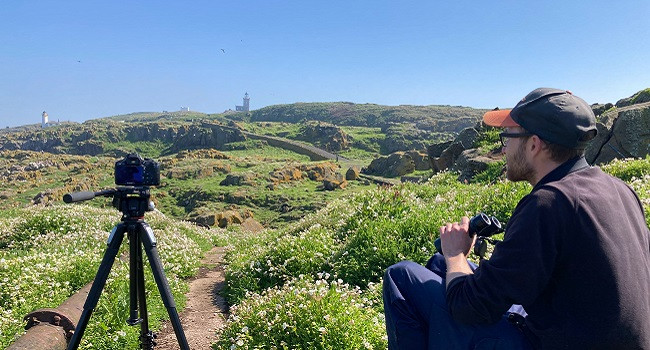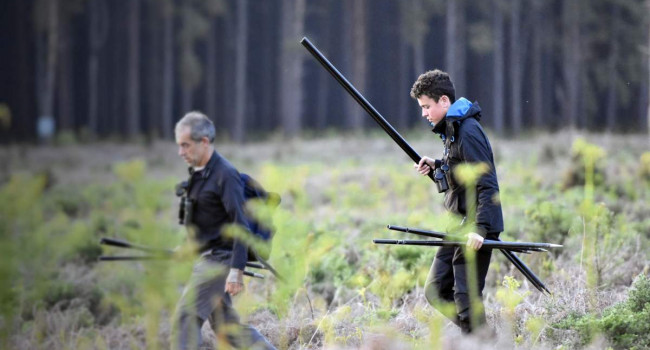Taking part
Find out what skills and time are required to take part in the Heathland Birds Survey, and how to sign up.
- All volunteers must follow BTO’s Guidance for volunteer fieldworkers and the organisation’s Code of Conduct.
Skills
To volunteer for the Heathland Birds Survey, you need to be able to identify Nightjar, Woodlark and Dartford Warbler by calls, song and sight. You will be surveying up to three species, using similar survey methods for each of the species. You will also need to record observations of 12 other heathland assemblage bird species:
- Hobby
- Long-eared Owl
- Cuckoo
- Wheatear
- Grasshopper Warbler
- Stonechat
- Tree Pipit
- Linnet
- Stone-curlew
- Snipe
- Curlew
- Redshank
You also need to be familiar with plotting locations and basic habitat recording. Some experience using online data entry systems is useful.
Time
Volunteers will make between two and four visits for each of the species during the species’ survey periods:
- Woodlark (15 February – 31 May)* – two early morning visits between sunrise and 11 a.m.
- Dartford Warbler (1 April – 30 June)* – two early morning visits between sunrise and 11 a.m.
- Nightjar (25 May – 31 July) – two evening visits covering the two-hour period after sunset, or the two hours prior to sunrise. We recommend a daytime recce visit before the survey is undertaken.
*On sites where both Woodlark and Dartford Warbler occur, volunteers will need to make three visits to cover the survey periods, recording both species on each visit.
Volunteers will usually need to spend up to two hours per visit, in order to survey all the suitable habitat in a single 1-km survey square. However, where small amounts of habitat are present at least two squares could be covered per morning.
Location
Survey sites (1-km squares) for each species include known or recently occupied locations, including some of the larger protected sites (SSSIs and SPAs), as well as a random sample of squares containing potentially suitable habitat nearby. This combination of survey squares allows us to get good coverage of the current known distribution but also pick up recent range expansion and contraction.
- Volunteers will be able to request a survey site for each species through the Heathland Birds Survey online portal.
Access permission
All observers are reminded of the need to obtain permission to cross any private land in England, Wales and Northern Ireland (observers in Scotland should adhere to the Scottish Outdoor Access Code).
Methods
During the survey period, volunteers will need to:
- Record all observations of the three target species including sex, activity and relationships between individuals
- Record basic habitat-use information for each territorial bird observed
- Plot all observations of the three target species on the survey map provided
- Record all observations of an additional 12 ‘heathland assemblage’ species, with a count of the number of pairs/territories found in the survey square
The known likely suitable habitat will be indicated on the survey map, but volunteers should check the whole square in case of other suitable areas which need to be included.
How to sign up
If you'd like to take part in the Heathland Birds Survey, you need to sign up first, then request a survey site for each species and access the online data entry system through the online project portal.
Have a MyBTO account already?
Don't have a BTO account?
- Create a MyBTO account and then sign up to the survey.
Once logged in, you will find the survey sign up for the survey in the 'Sign Up for Projects' section.
Request a site
Once signed up, you can request a square via the survey portal.
- Log in to the survey portal using your MyBTO account details.






Share this page